Ask MO: How Are Mass Dampers Used on a Motorcycle?
Dear MOby,
I was reading an article on Ducati’s recent success in Moto GP, and it mentioned that Duc was the first manufacturer to use mass dampers. How are mass dampers used in motorcycles?
Kenneth Moore
—————————————————————————————————
Dear Kenneth,
We had to interrupt MV Agusta Technical Director Brian Gillen’s holiday in Malta to answer this one. He says:
“Mass Dampers appeared for the first time in racing in Formula 1 at the Monza GP in 2005, with Renault, and went for the most part completely overlooked by the rest of the paddock. That soon changed as it became clear that this system was an integral part of Renault’s dominance, and as a result mass dampers were subsequently banned by the FIA after the French GP in 2006.
“What is a mass damper? An often overlooked part of the suspension system is the tire, which acts as an “underdamped” component and is not part of the suspended mass of the motorcycle. When the tire encounters a bump it responds similarly to a basketball bouncing, with the final effect of reduced grip. The mass damper is a weight (disk) suspended in a cylinder between two springs with different spring constants positioned with the stroke axis parallel to the direction that the system needs to be damped.
“How it works: Imagine dropping a basketball on the ground, with the result that it keeps bouncing slightly less with each bounce until it comes to a rest. That’s your tire. Now, if the basketball had a mass damper inside (calculations and tests required to tune the system), the ball when dropped would effectively remain glued to the ground with only a few small bounces.
“Why was it a major advantage in F1 cars and not currently used on motorcycles other than in some tests (Ducati…)? F1 cars primarily use aerodynamic downforce to generate grip, and the mass damper helps attenuate tire vibration, translating that aero load into grip.
“With motorcycles the dynamics are different; motorcycles use both bike and rider weight transfer to generate grip. F1 cars are tuned to have minimum amounts of pitch and roll, where motorcycles rely on pitch and roll to brake, accelerate and turn. For this reason, the application of a mass damper on a motorcycle is very complex, as its functional envelope is limited to the vertical direction of the mass axis. With current GP bikes exceeding 60 degrees of lean angle, it’s difficult to decide when and where on a racetrack you could optimize its function, where everywhere else it would simply be moving ballast. On a bike, a mass damper is an attempt at a simple solution to a very complex problem.
“There isn’t any visible evidence that they [Ducati] are currently using a mass damper system on the race bikes, and all of the photos of the test bikes are from a while ago. That said, I don’t believe the idea has been completely abandoned and I would not be surprised to see it make an appearance on the front end of the bike in the near future.
“Great race today [ British MotoGP] and another step towards the Italian holy grail of achievements… Italian bike winning the championship with an Italian rider!”
Thanks, Brian!
PS: There’s a great story here by Mat Oxley, re. pre-season Ducati “jounce damper” testing if you haven’t already seen it.
Send your moto-related questions to AskMOAnything@motorcycle.com. If we can’t answer them, we’ll at least make you feel temporarily better by thinking you’re talking to somebody who knows what they’re talking about even if we don’t. It’s the thought that counts.
Recent Ask MOs:
Is There A Law Against Holding Up Traffic In The Left Lane?
Which is it: Lb-ft or Ft-lbs?
Should I Use the Rear Brake or Not?
More by John Burns



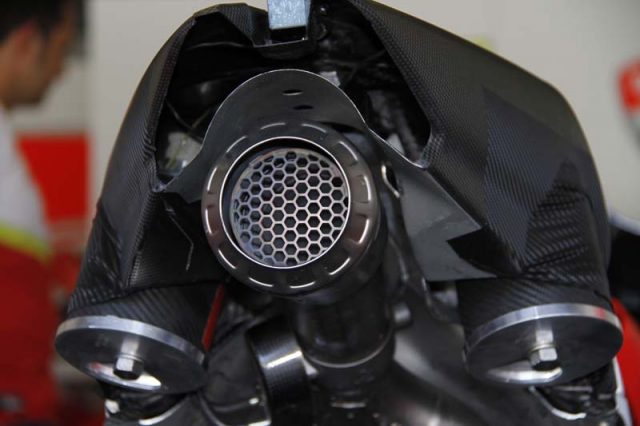
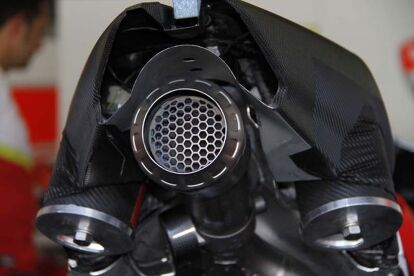



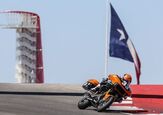




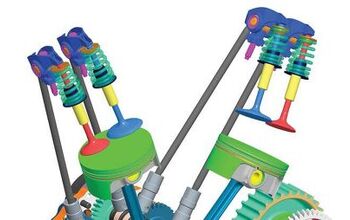
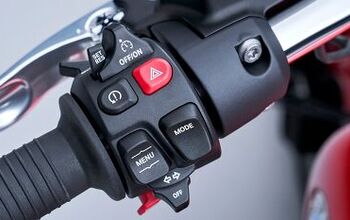

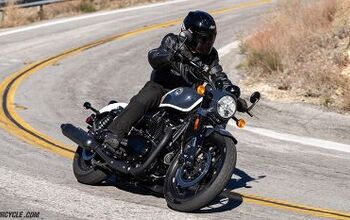


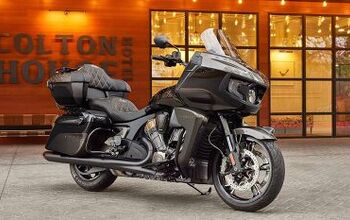

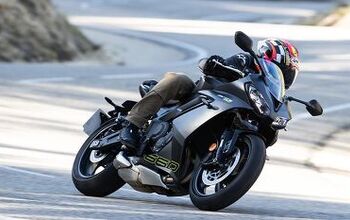


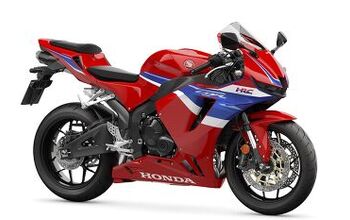

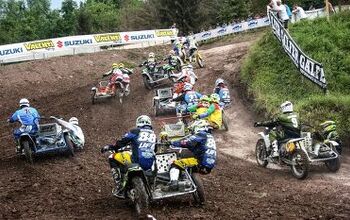

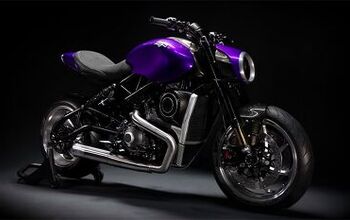


Comments
Join the conversation
Hmm, I wonder if they could use some sort of gyroscopically controlled mechanism to help out at varying lean angles? Gotta think on this one.
Wow...thats quite a complex system. I won't pretend to fully understand all of it, but I can see how much harder implementing the concept on a bike would be vs. a car. Thanks for the info!